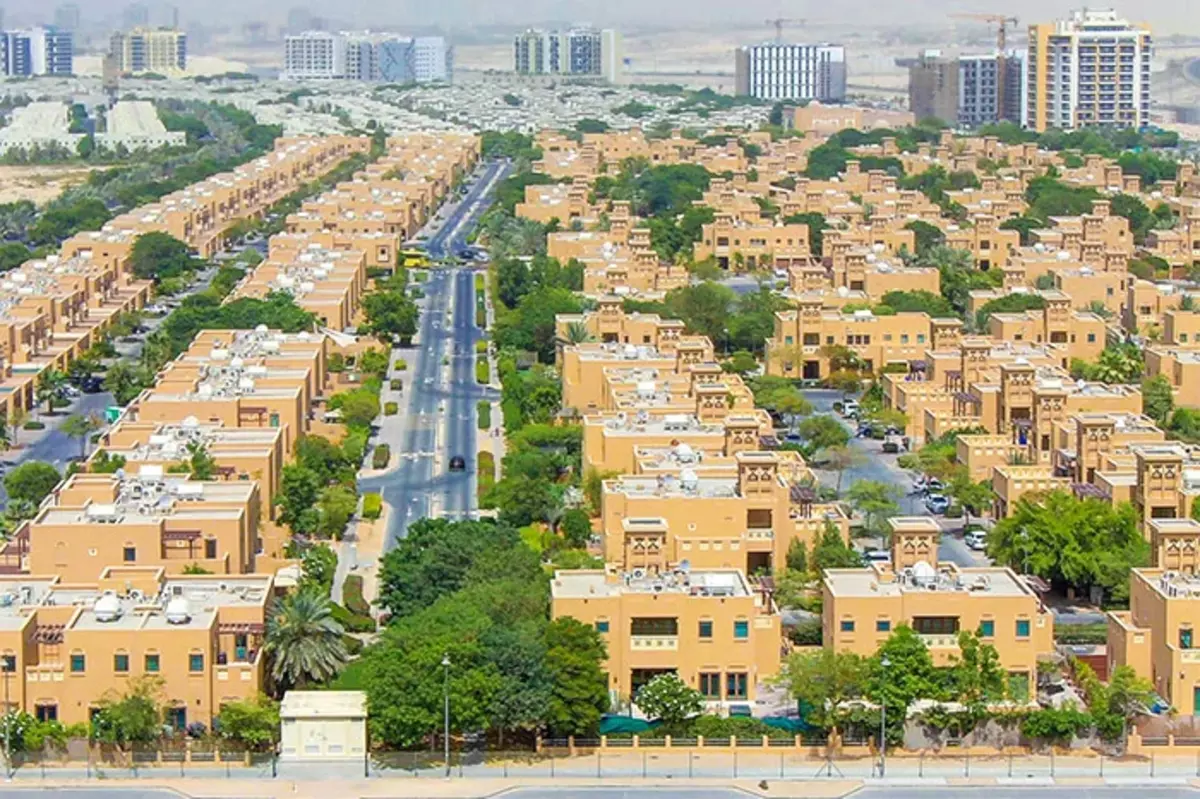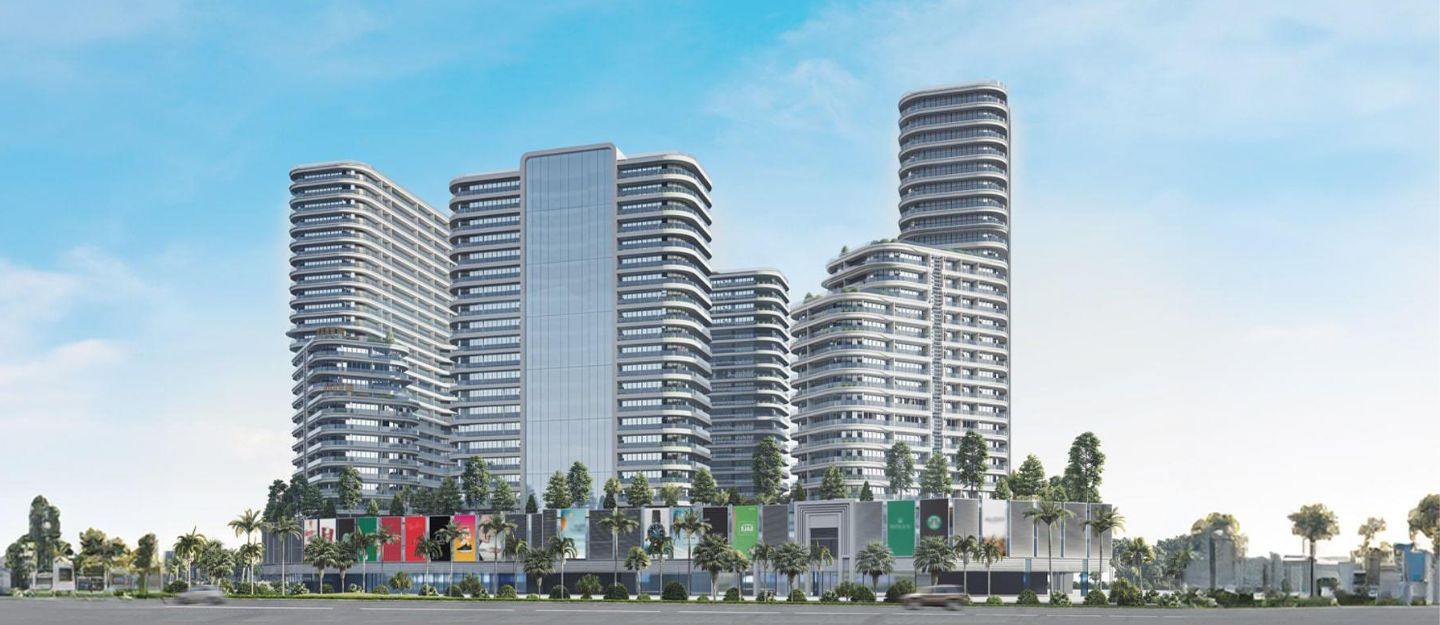Now Reading: Luxury Living Faces Shortage: What’s Causing the Crisis 2025?
-
01
Luxury Living Faces Shortage: What’s Causing the Crisis 2025?
Luxury Living Faces Shortage: What’s Causing the Crisis 2025?
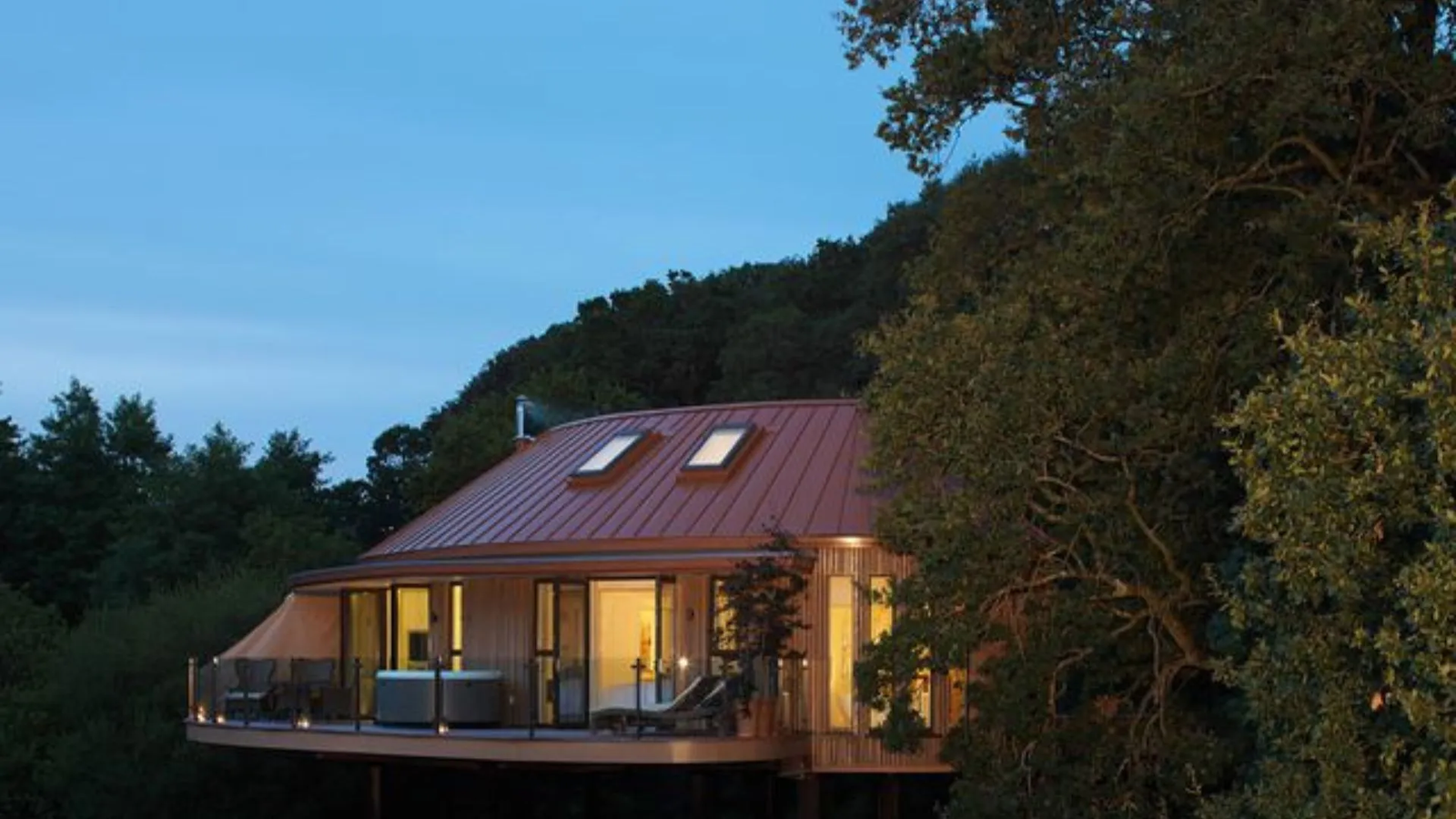
Table of Contents
In the world of real estate, one would think that luxury homes are always available for the ultra-rich. But recent market reports suggest otherwise. From metro cities to high-end suburban neighborhoods, there’s a growing gap in the availability of luxury homes, creating what experts are now calling a “luxury lack.”
This shortage of premium housing isn’t just a small hiccup. It’s a trend that is reshaping how developers, investors, and high-net-worth individuals view the luxury real estate sector.
What Is the ‘Luxury Lack’?
The term “luxury lack” refers to the current shortage of luxury residential properties in prime locations. These are typically homes priced at the top 10% of the housing market, offering high-end features like private pools, designer architecture, home automation, and exclusive community access.
In cities like Mumbai, Delhi, Dubai, New York, and London, where luxury real estate is not just a living space but a lifestyle statement, the sudden drop in availability is raising questions across the industry.
According to a recent global property index, luxury housing inventory has dropped by over 25% in many prime markets compared to just two years ago. While demand continues to rise, supply is failing to keep up.
Why Is There a Shortage of Luxury Homes?
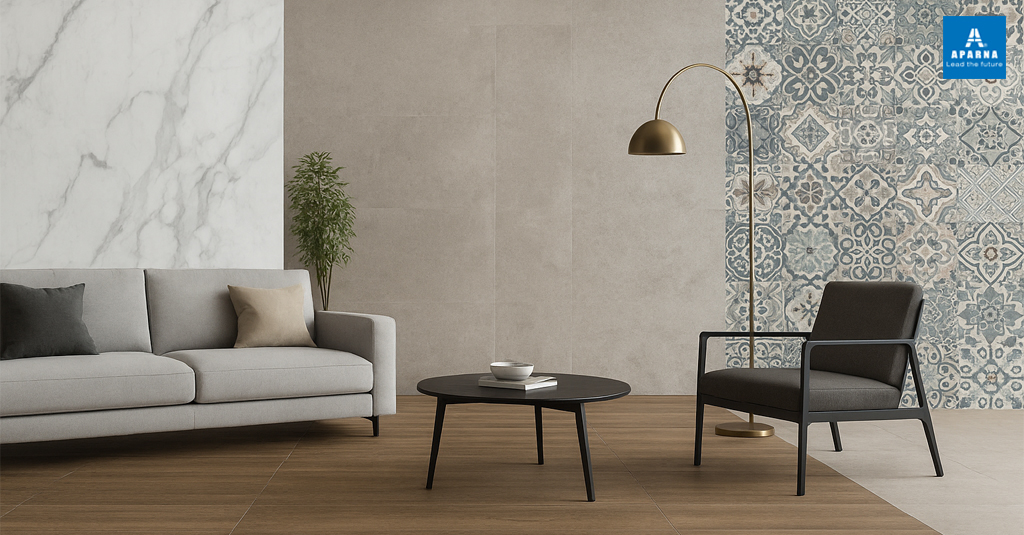
Several factors are driving the shortage of high-end residential properties:
1. Surge in Ultra-Rich Buyers
Post-pandemic, the number of ultra-high-net-worth individuals has increased globally. Many of them are investing in homes, not just as primary residences but also as second homes or safe investment options. This increased demand has absorbed much of the available inventory.
2. Delayed Construction Projects
housing projects require time, planning, and precision. Many developers faced delays due to labor shortages, raw material price hikes, and uncertain government regulations during and after the pandemic. This caused a backlog in new project launches and deliveries.
3. Scarcity of Land in Prime Locations
The land needed to build premium homes in prime urban areas is limited. With more high-rise commercial and mid-income housing projects getting approvals, fewer plots are left for exclusive homes.
4. Shifting Investor Preferences
Interestingly, many real estate investors who previously focused on commercial or rental housing are now shifting their attention to homes due to their rising value and prestige. This shift in focus is further increasing demand in an already tight market.
Rising Prices and Buyer Frustration
The lack of inventory has pushed prices up significantly. In high-demand areas, home prices have seen an appreciation of 15-30% in just the last year. While this may sound like good news for sellers and investors, it is causing frustration among potential buyers.
Suhana Mehra, a homebuyer based in Mumbai, shared her experience: “We’ve been looking for a apartment in South Mumbai for over six months. Every time we find something we like, it’s either already sold or priced unreasonably.”
Even those willing to pay a premium are struggling with lack of choice, delays in possession, or projects stuck in regulatory processes.
Developers Rethinking Their Strategy
In response to the demand-supply mismatch, real estate developers are re-evaluating their strategy. Many builders are now:
- Launching boutique luxury projects with fewer units
- Introducing custom-built luxury villas for ultra-rich buyers
- Partnering with global architects and designers to attract elite clients
- Expanding into tier-2 cities with high disposable income groups
Rakesh Sethi, CEO of a leading luxury real estate firm, commented, “is no longer just about price; it’s about experience. We’re working to design homes that offer privacy, wellness, and personalization. But these take time to build.”
International Impact of Luxury Lack
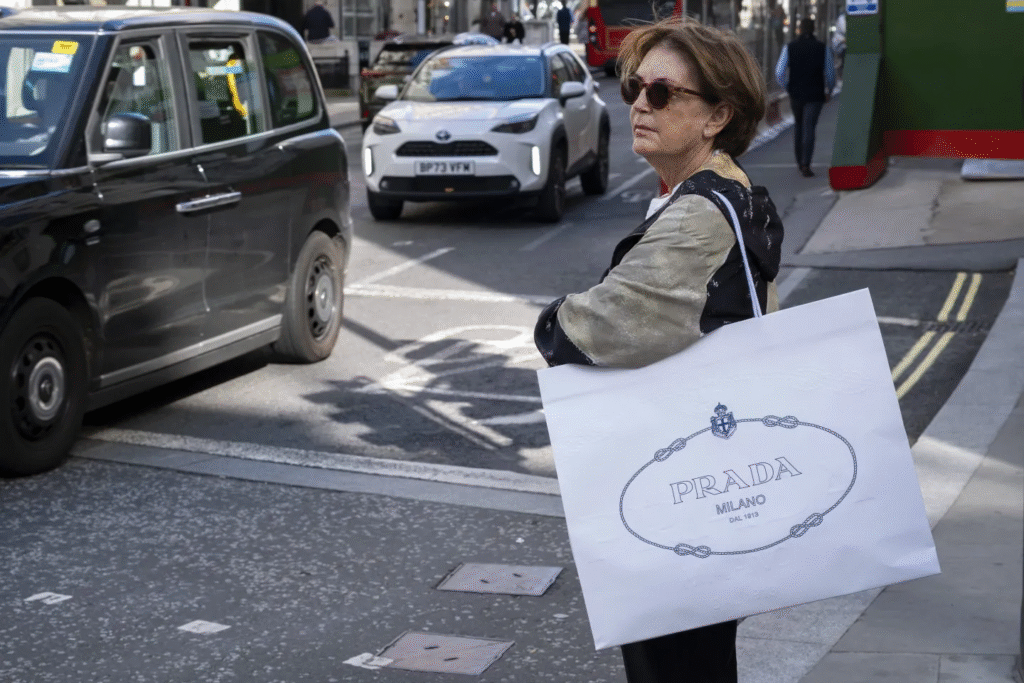
This isn’t a challenge limited to India. Major global cities are seeing similar trends. In London, townhouses are being sold off-market before they even hit listings. In New York, competition for penthouses has heated up to the point where buyers are placing bids above asking price without inspections.
In Dubai, a city known for its lifestyle, properties in exclusive locations like Palm Jumeirah and Emirates Hills are witnessing record-breaking sales. The shortage is turning these into ultra-exclusive enclaves, with international investors competing fiercely.
The Future of Luxury Real Estate
Experts predict that the lack may continue for the next 2-3 years unless there’s a drastic shift in construction trends, regulatory reforms, and land use planning.
However, the upside is that this shortage is creating new opportunities for innovation. Modular construction, smart-home technology, and sustainable architecture are now becoming part of the offering.
Moreover, some developers are venturing into niche markets like senior-living residences, wellness-focused homes, and even branded residences in collaboration with fashion or hospitality brands.
Final Thoughts
The concept of luxury living is evolving, and so is the market that serves it. The current shortage in homes is not just a real estate issue—it reflects changing lifestyles, investment strategies, and global mobility trends.
For buyers, the road ahead may be challenging, but it’s also an opportunity to rethink what truly means. For developers and investors, the lack signals a strong and untapped demand that can be met with vision, quality, and innovation.
As the world adapts to new definitions of , one thing is clear: premium living may be in short supply, but it’s never out of style.
Read More:- Shobha Realty Launches Its Most Luxurious Project Yet—Full Details Inside 2025



